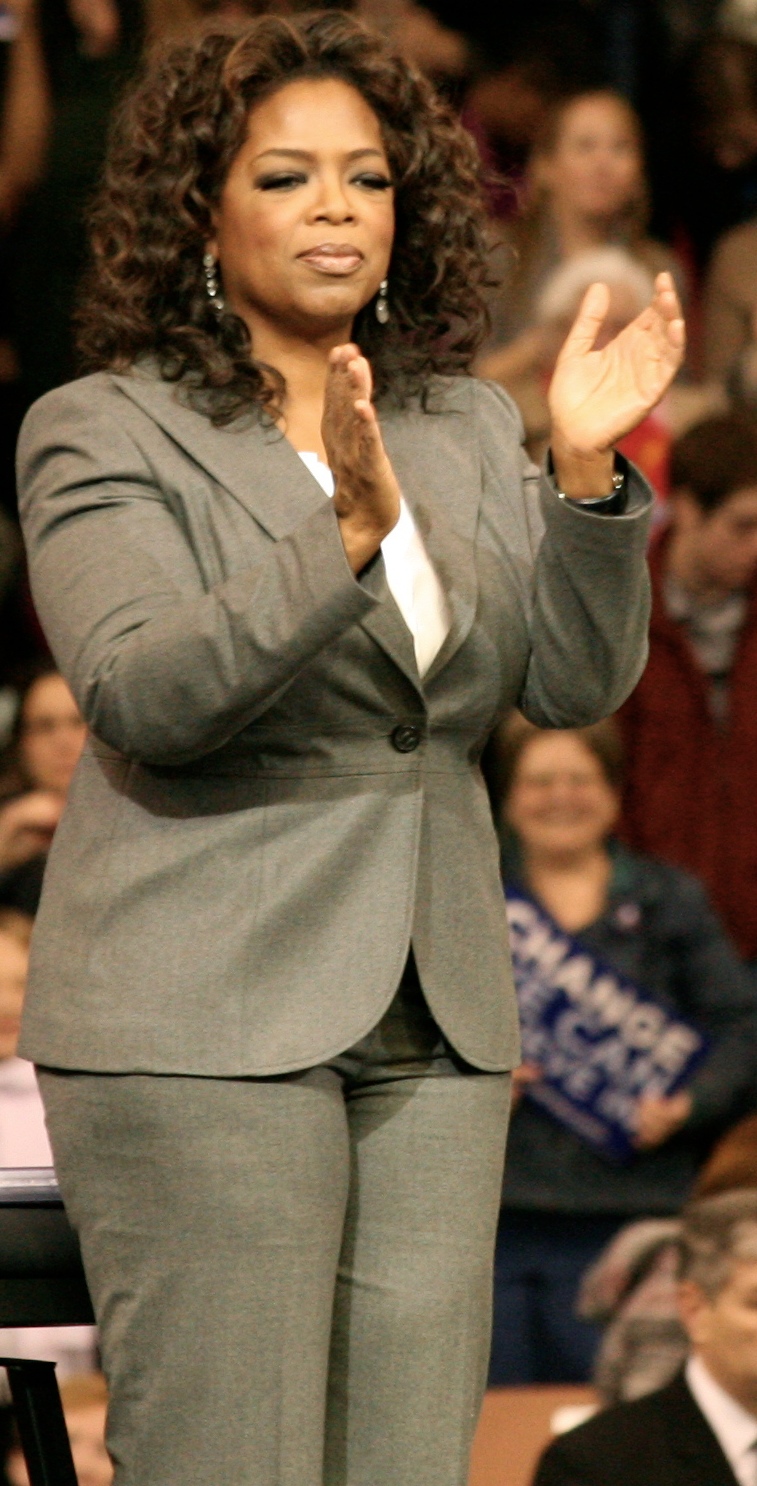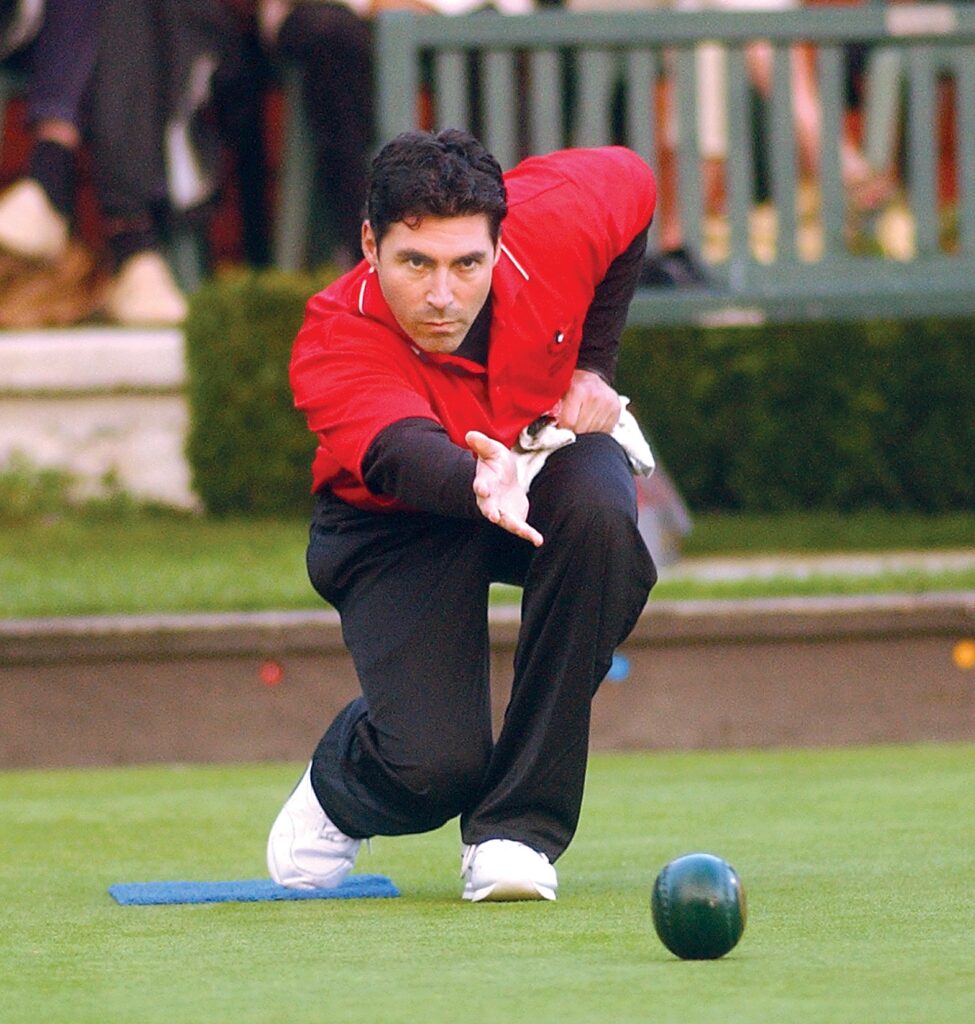
The world of sports, with its thrilling victories and heartbreaking losses, often places athletes on pedestals, celebrating their superhuman feats and unwavering dedication. They become more than just competitors; they transform into role models, inspirations, and, for many, almost mythical figures. But what happens when these heroes stumble? What happens when the shine of victory is dulled by misdeeds, scandals that ripple through the athletic world and beyond?
In an era where every play, every personal decision, and every social media post is scrutinized, the line between public spectacle and private transgression can blur. While some scandals ignite a media firestorm that dominates headlines for weeks, others, surprisingly, seem to fade into the background, their full implications perhaps not truly grasped or, dare we say, even downplayed. It’s a fascinating dynamic, especially when considering the sheer volume of sports coverage today.
We’re about to pull back the curtain on some truly compelling instances of athlete misdeeds from major sports leagues. These are the moments where integrity was tested, rules were broken, and the very spirit of competition was questioned. Get ready to dive deep into stories that often had a different narrative than what initially met the eye, showing us that even in the brightest spotlights, shadows can linger, and sometimes, the biggest stories are the ones we might have overlooked.
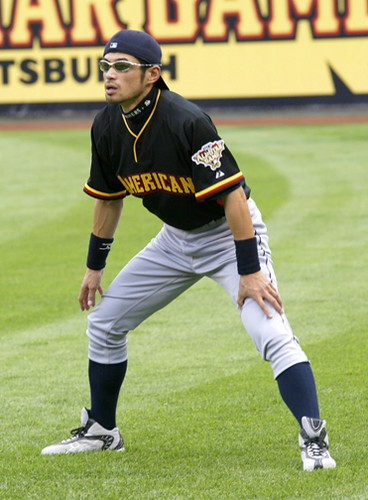
1. **The Black Sox Scandal of 1919**:Imagine the grand stage of the World Series, the pinnacle of American baseball, reduced to a pawn in a gambler’s scheme. That’s precisely what unfolded during the 1919 World Series, an event now simply and infamously known as the “Black Sox Scandal.” Eight players from the Chicago White Sox were accused of purposely losing games against the Cincinnati Reds in exchange for “large amounts of money” from gamblers. It wasn’t just a minor infraction; this was a betrayal of the highest order, shaking the very foundations of professional sports.
This wasn’t a spontaneous act born of a single moment of weakness. The context tells us it was a carefully orchestrated plot, involving multiple players who intentionally underperformed. The idea that athletes would deliberately throw games, especially a championship series, was almost unthinkable. Yet, the allure of significant financial gain proved to be a powerful, corrupting force, leading these players down a path that would ultimately brand them for life. It showcased a vulnerability in the integrity of the game that few had dared to consider before, despite simmering suspicions.
The fallout was immense and long-lasting. While the media eventually brought the full weight of the scandal to light, there was an initial period where suspicions simmered beneath the surface, perhaps even “downplayed” by an establishment reluctant to acknowledge such a profound internal rot. Once revealed, though, the consequences were severe and unequivocal: all eight players were banned for life from MLB. This decisive action aimed to send an unmistakable message about the sanctity of the game, creating a precedent that still resonates today regarding the zero-tolerance policy for compromising competition.
The “Black Sox Scandal” serves as a stark historical reminder of the ever-present threat of external influences on sporting integrity. It highlighted how easily a few bad actors could taint an entire sport and how crucial vigilance and strict enforcement are in maintaining public trust. Even after over a century, the story continues to be a cautionary tale, illustrating the devastating impact of prioritizing personal gain over the honor of competition, and setting a benchmark for sports scandals that followed.
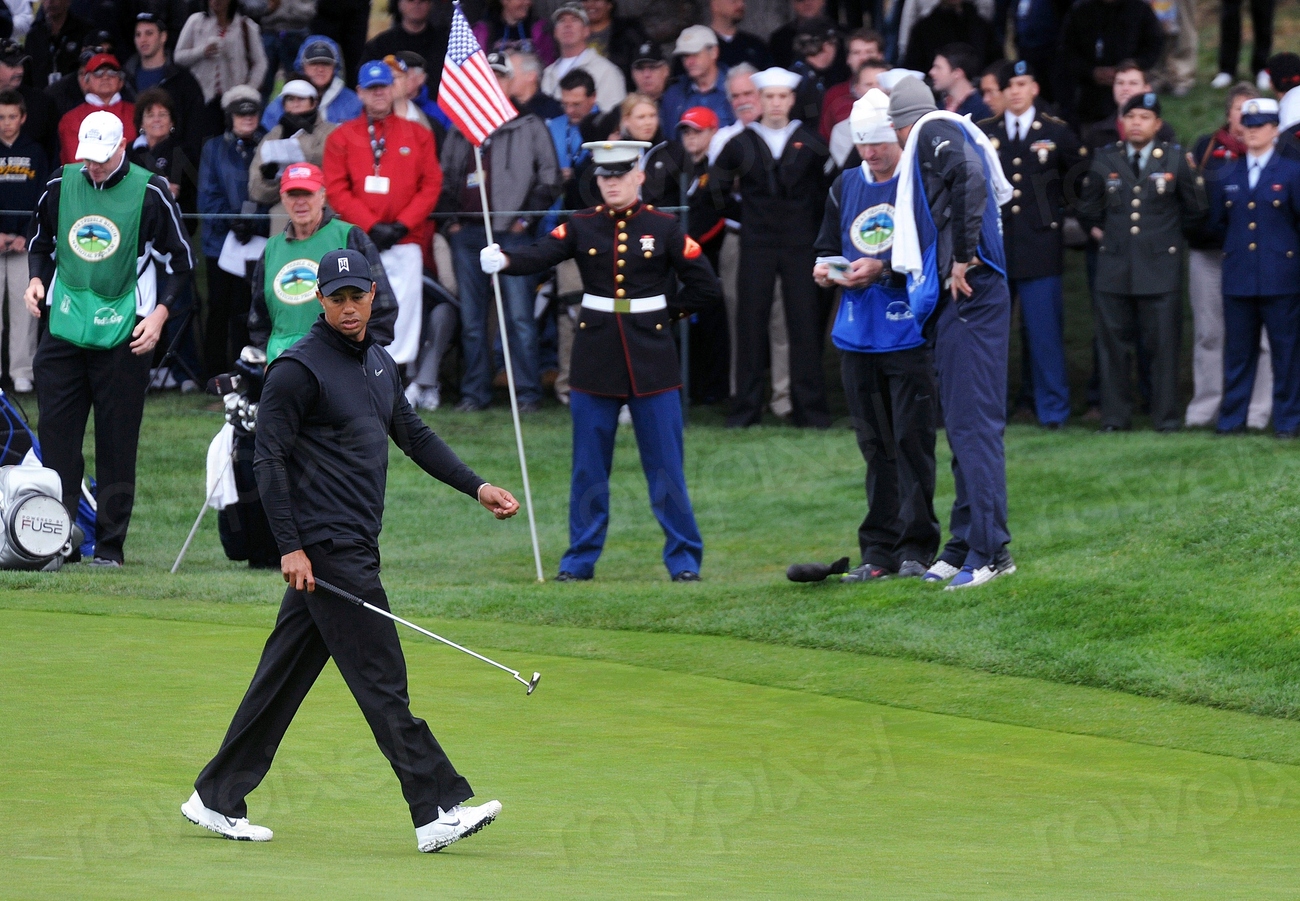
2. **Tiger Woods’ Public Affairs**:For years, Tiger Woods was more than just a golfer; he was a global phenomenon, a pristine icon of athletic excellence and carefully curated public image. His dominance on the golf course was paralleled by an aura of invincibility off it, making him a role model for millions. Then came his “fall from grace,” a scandal of monumental proportions that revealed multiple affairs and shattered that polished facade. The context makes it clear: this wasn’t just big; it was *huge*, garnering “more straight headlines in the newspaper than on the days following 9/11.”
This particular misdeed stands out because it wasn’t about athletic performance or game manipulation; it was deeply personal, yet had immense public ramifications due to Woods’ celebrity status. His actions, while occurring in his private life, became a public spectacle, redefining what constituted a “scandal” for an athlete of his stature. The intense media scrutiny wasn’t about downplaying anything; rather, it was about an amplification that few personal transgressions have ever received, reflecting society’s fascination and disappointment when a hero reveals very human, very flawed dimensions.
The sheer volume of media coverage around Woods’ affairs underscored a critical aspect of modern sports: athletes, especially those on a “pedestal,” are “scrutinized to no extent.” Their accomplishments are “expected,” and their “mistakes are scrutinized” with an intensity that often dwarfs even world-altering events. While the media certainly didn’t “downplay” this scandal, its overwhelming nature perhaps overshadowed deeper conversations about celebrity culture, privacy, and the immense pressure placed on those considered “role models” from childhood, even leading to a type of voyeuristic spectacle.
The repercussions for Tiger Woods were immediate and far-reaching, impacting his endorsements, public perception, and even his on-course performance for a period. It taught us that even the most celebrated athletes are not immune to personal failings, and that the public, once invested in a carefully constructed image, can react with profound disappointment when that image cracks. It remains a benchmark for personal scandals in sports, demonstrating the fragility of an athlete’s public persona when faced with uncomfortable truths.
Read more about: Beyond the Headlines: Unpacking the Most Shocking Public Meltdowns That Forced A-List Celebrities to Take a Hiatus
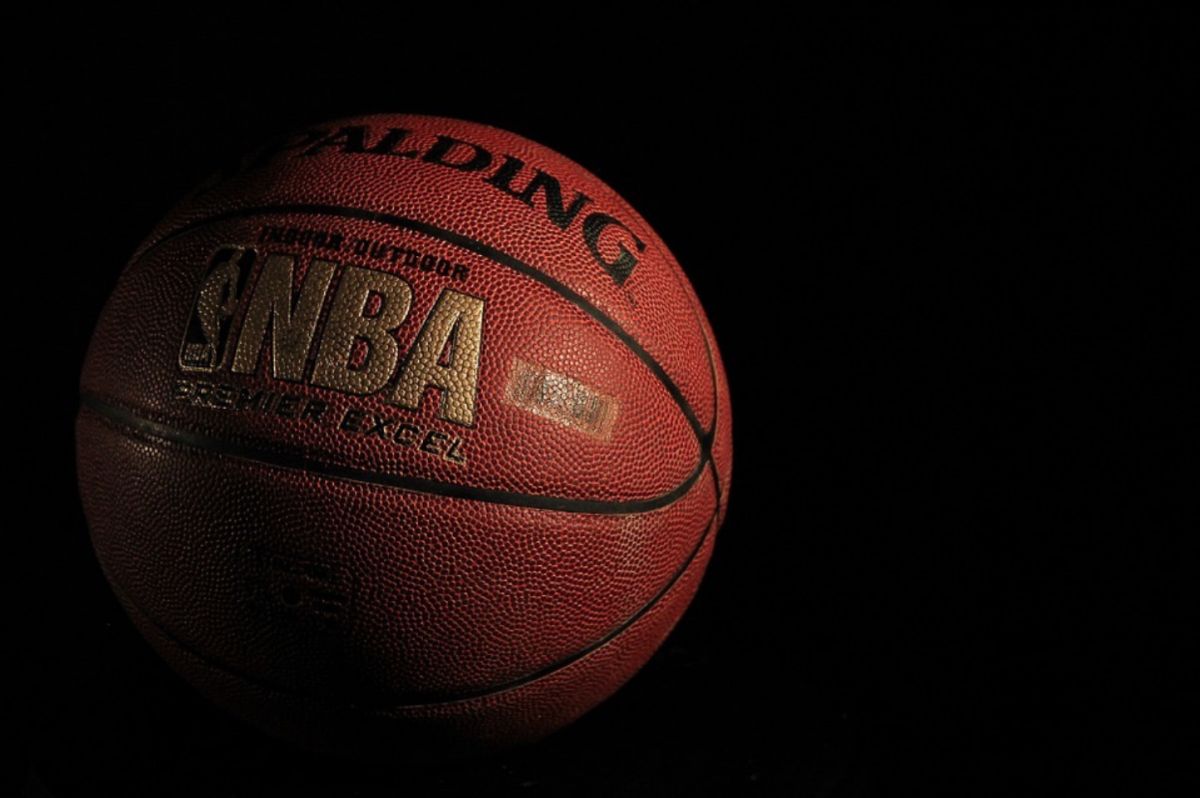
3. **Jontay Porter’s NBA Gambling Ban**:In the rapidly evolving landscape of legalized sports betting, a new kind of integrity challenge has emerged, and Toronto Raptors forward Jontay Porter found himself at its unfortunate epicenter. Last year, Porter was “banned from the NBA for what Adam Silver termed ‘a cardinal sin’ of betting on the league’s games.” This wasn’t merely a violation of team rules; it was a direct assault on the fundamental principle that players must never wager on the very contests they participate in or their own league.
The “cardinal sin” Porter committed highlights a severe conflict of interest that sports leagues are now aggressively combatting. While players are allowed to invest in sports betting and fantasy sports companies (with an ownership stake less than one percent in companies taking NBA bets, as per the NBA’s collective bargaining agreement), they are explicitly prohibited from gambling on games in their own league. Porter’s actions represented a stark transgression of this boundary, posing a direct threat to the perceived fairness and unpredictability of the game and the trust of its fans.
The NBA’s swift and decisive action in banning Porter underscores the league’s commitment to protecting its integrity in an era where betting is increasingly integrated into the fan experience. Unlike historical scandals that might have seen initial attempts at cover-up, the modern sports world, with its extensive monitoring and quick dissemination of information, often leads to rapid consequences. While the ban itself was widely reported, the underlying pressures on athletes in a gambling-saturated environment, and the temptation to cross these lines, might be subtly “downplayed” or overshadowed by the sensationalism of the punishment itself.
Porter’s case serves as a contemporary warning. It reminds us that even as leagues lean into the revenue floodgate of legalized gambling, the core responsibility of athletes to maintain absolute impartiality remains paramount. It also raises questions about how much educational support and mental health resources are truly effective in deterring players from engaging in activities that carry such severe career-ending risks, especially when the lines between acceptable and unacceptable financial involvement become increasingly complex for young athletes navigating a new era of sports.
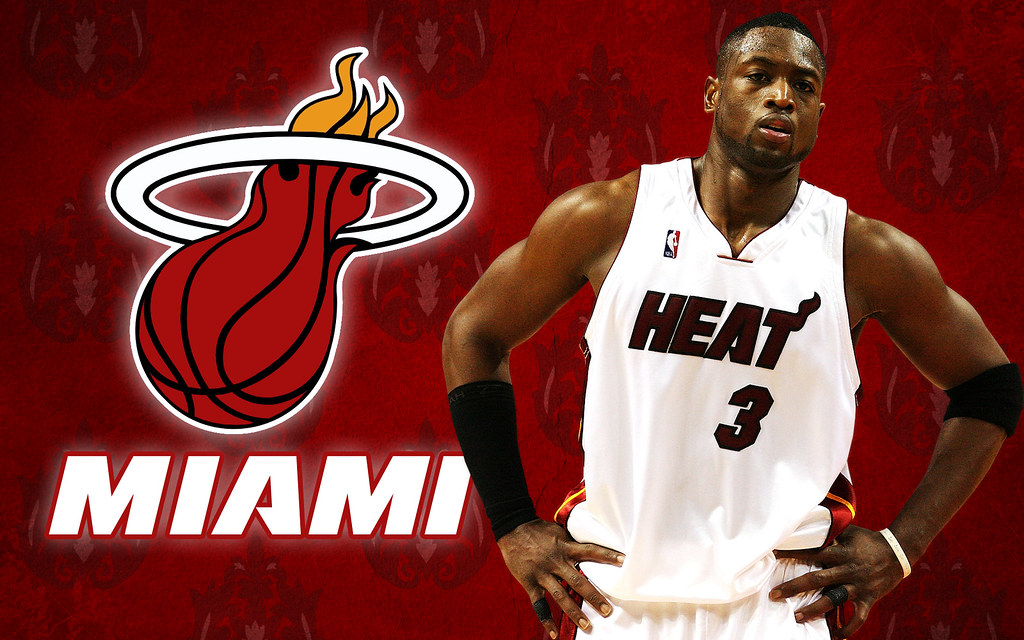
4. **Terry Rozier’s Performance Manipulation Inquiry**:The concept of an athlete intentionally manipulating their performance in a game for gambling purposes strikes at the very heart of competitive integrity. This unsettling scenario became a real possibility when Miami Heat guard Terry Rozier came under “federal investigation for possibly manipulating his performance in a 2023 game as part of illegal sports gambling scheme.” While the league spokesperson stated that the NBA “did not find a violation of NBA rules” after being “alerted to suspicious betting surrounding Rozier,” the federal inquiry itself cast a significant shadow.
This incident, even without a confirmed NBA rule violation, brings to the forefront the insidious nature of illegal gambling schemes and their potential to corrupt individual players. The mere suspicion of a player attempting to influence a game’s outcome for personal betting gain is profoundly damaging, as it erodes fan trust and undermines the authenticity of athletic competition. It highlights how even subtle shifts in performance, whether real or perceived, can become targets for illicit betting activities, creating an environment of constant scrutiny for athletes on and off the court.
The fact that the NBA did not find a direct violation, while a federal investigation proceeded, introduces an interesting layer to the “downplayed by the media” aspect. Was the league’s statement interpreted as an exoneration, potentially softening the broader implications of such an inquiry for casual observers? While reported, the detailed complexities of such an investigation and its implications for the athlete’s reputation, even in the absence of a conviction, might not have resonated as powerfully as a definitive ban, leaving an unsettling feeling about the potential for unproven but damaging allegations to linger.
Rozier’s inquiry underscores the increased scrutiny athletes face with widespread legalized sports betting. It emphasizes the critical need for robust integrity monitoring systems that can detect unusual betting patterns, alongside clear rules and educational programs for players. This case, whether a definitive misdeed or a shadow of suspicion, powerfully illustrates the tightrope athletes walk in the modern sports landscape, where every dribble, shot, or missed pass can be viewed through the lens of a gambler’s wager, and even an investigation without a conviction can leave an indelible mark on a player’s career and public image.
Okay, so we’ve journeyed through some truly jaw-dropping scandals from the professional leagues, where the stakes are astronomical and the headlines scream. But hold up, because the challenges to sports integrity aren’t just a pro problem. The world of collegiate athletics, often seen as a purer realm of competition, is now grappling with its own serious issues, especially as the landscape of legalized sports betting expands. The NCAA has been on high alert, dealing with student-athlete misconduct that often gets overshadowed by the bigger, flashier pro controversies. Let’s dive into some of the complex ways integrity is being tested at the collegiate level, proving that ‘downplayed’ doesn’t mean less impactful.
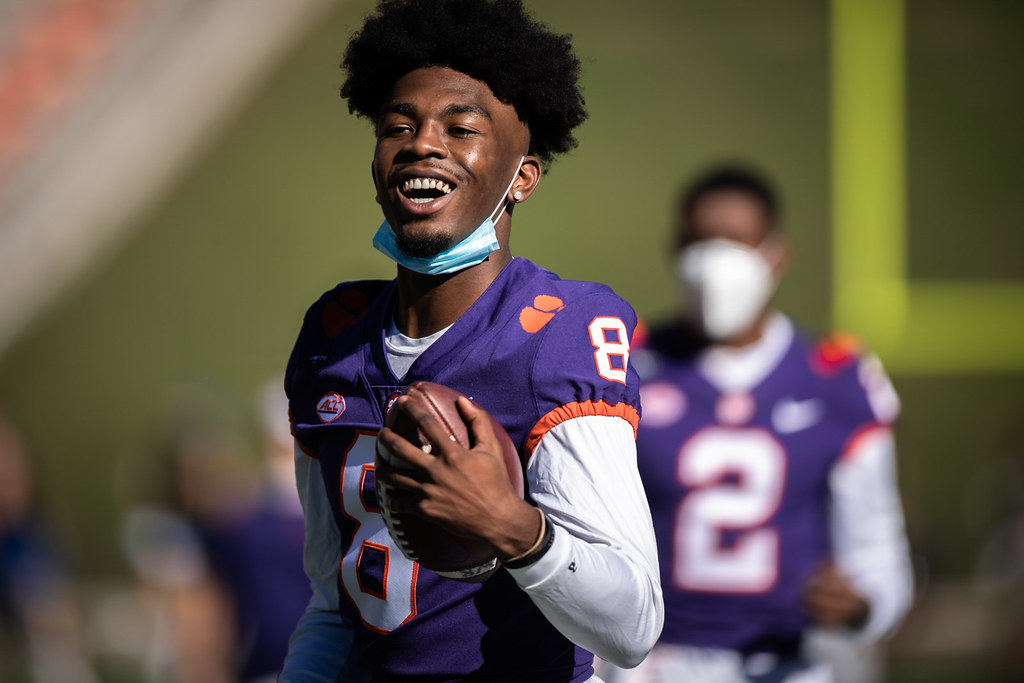
5. **Direct Game Manipulation by NCAA Student-Athletes for Betting**:The integrity of collegiate sports is truly something special, rooted in amateurism (well, historically speaking!) and the pure, unadulterated passion of young athletes. But even here, shadows can creep in, especially with the explosion of sports betting. We’re not talking about minor infractions; we’re talking about direct game manipulation by student-athletes, a serious breach that threatens the very heart of what makes college sports so captivating. It’s a gut punch when you consider the potential for such a fundamental betrayal.
So, what exactly does this look like? We’re not just talking about missing a free throw here or there in a moment of pressure. The NCAA’s enforcement staff has been actively investigating cases where student-athletes are allegedly ‘knowingly manipulating scoring or game outcomes’ for betting purposes. Imagine the sheer audacity of a player deliberately trying to influence a game’s score or outcome for a wager. It’s a scenario that chills fans to the bone and completely undermines the spirit of fair play, turning a thrilling contest into a potentially rigged show.
And this isn’t just theoretical; it’s actually happening. The NCAA Committee on Infractions has already wrapped up ‘three similar cases,’ concluding that men’s basketball student-athletes had not only violated sports betting rules but also ‘manipulated game outcomes.’ On top of that, the enforcement staff is currently processing allegations for ’13 former men’s basketball student-athletes who competed at six schools.’ That’s a significant number of individuals potentially involved in such profound violations, indicating a wider problem than many might initially realize within the collegiate ranks.
Now, how does this get ‘downplayed’ by the media? While the NCAA is transparent about the investigations, they’re not publicly naming the student-athletes involved until the infractions process has fully concluded. This can subtly soften the immediate impact on public consciousness. Without specific names and faces to attach to these serious accusations, the gravity of ‘manipulating game outcomes’ can easily become a faceless statistic, preventing a full understanding of the betrayal involved. It’s easy for these stories to get lost in the broader news cycle, especially when the sensational, personalized details are held back.
Ultimately, this type of misconduct highlights the urgent need for ongoing education and vigilance. NCAA President Charlie Baker himself stated, ‘The rise of sports betting is creating more opportunity for athletes across sports to engage in this unacceptable behavior.’ It’s a wake-up call for everyone involved in college sports, from the athletes themselves to the coaching staffs, administrators, and fans, to protect the sanctity of the game from these insidious, outcome-altering influences.
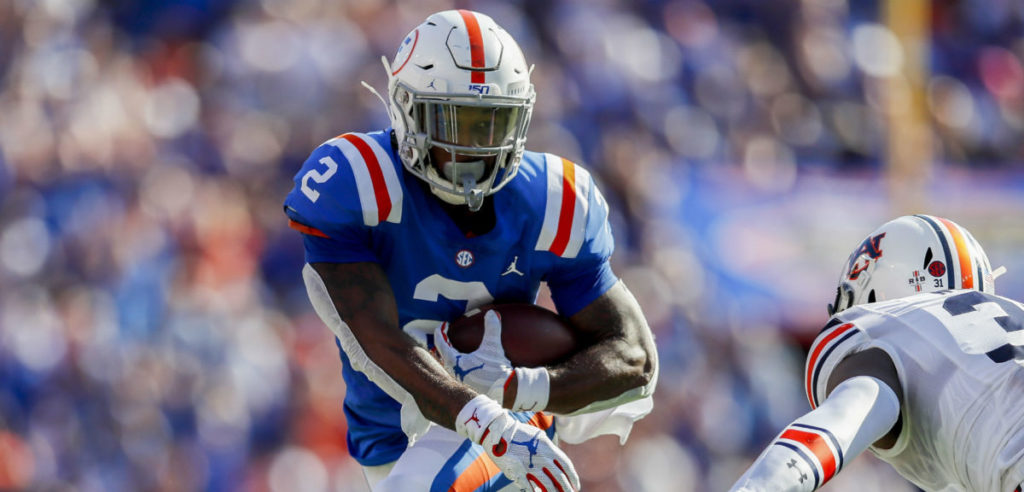
6. **Insider Information Sharing and Betting on One’s Own Team (NCAA)**:Alright, let’s talk about something that feels like a classic betrayal straight out of a movie: athletes betting on their *own* team, or even worse, against them! This isn’t some abstract concept; it’s a very real and incredibly serious type of misconduct that undermines everything competitive sports stand for, whether it’s the pros or college hoops. It’s a line you just don’t cross, and yet, some student-athletes are allegedly doing just that.
The NCAA is specifically investigating instances of ‘student-athletes betting on and against their own teams’ and even ‘sharing information with third parties for purposes of sports betting.’ Think about that for a second. A player, privy to locker room dynamics, injury reports, strategic game plans, or even just who’s having a good practice week, could be using that insider advantage for personal financial gain through gambling. Or, even more chillingly, betting against their own team’s success is a complete corruption of their role as a competitor and teammate.
This isn’t a small-time issue confined to a single incident. The NCAA’s ongoing cases involve student-athletes formerly associated with some well-known schools like ‘Eastern Michigan, Temple, Arizona State, New Orleans, North Carolina A&T and Mississippi Valley.’ While the schools themselves are not alleged to have been involved in the violations by student-athletes, and the enforcement staff isn’t seeking penalties for the schools, the sheer number of institutions implicated points to a systemic challenge. It’s a stark reminder that the temptations of betting affect athletes at every level, not just the highly-paid professionals.
The penalties for this kind of behavior are no joke, especially in college sports. NCAA rules are crystal clear: ‘any betting by a student-athlete on his or her own team should continue to result in a permanent loss of any remaining collegiate eligibility.’ That means their entire college career, potentially their shot at a pro career, is on the line. This strong stance reflects how deeply this particular misdeed threatens the integrity of collegiate competition, making it a ‘cardinal sin’ just as NBA Commissioner Adam Silver described it in a similar professional context.
When the media reports on these scenarios, the focus is often on the dramatic headline of a player getting caught and the immediate consequences. But the deeper implications—the peer pressure, the financial struggles student-athletes might face (even with NIL, temptations for quick, illicit cash exist), or the psychological toll of participating in such schemes—can sometimes be ‘downplayed.’ We hear about the ban, but perhaps not enough about the broader environment that allows such actions to flourish, or the preventative measures beyond just punishment that are so desperately needed in this new, betting-saturated landscape.
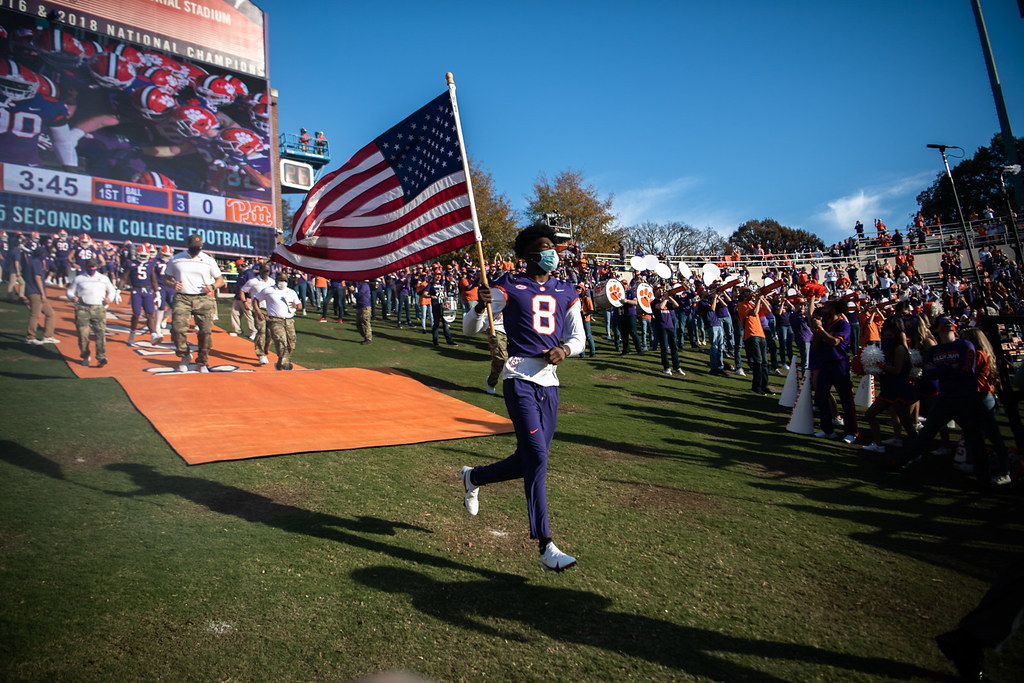
7. **Obstructing Investigations into Student-Athlete Misdeeds**:Okay, so we’ve talked about players manipulating games and betting on their own teams. But what happens when the very people meant to uphold sports integrity run into a wall of silence or, worse, active resistance? We’re diving into the thorny issue of student-athletes ‘refusing to participate in the enforcement staff’s investigation.’ This isn’t just a minor administrative hiccup; it’s a serious barrier to justice and a quiet way for scandals to be ‘downplayed’ or prolonged by making them harder to fully expose.
When the NCAA enforcement staff identifies unusual betting activity or receives reports of potential misconduct, their first crucial step is to investigate, often relying on athlete cooperation to uncover the full truth. But some of the alleged behaviors in these cases involving 13 former men’s basketball student-athletes specifically include ‘refusing to participate in the enforcement staff’s investigation.’ This refusal throws a massive wrench into the whole process, making it incredibly difficult to get to the bottom of things and hold individuals accountable. It suggests a conscious effort to conceal, which can be as damaging, if not more, than the initial misdeed itself.
Imagine the immense challenge for the NCAA. They have extensive integrity monitoring programs, a network of sources, and they’ve even substantiated violations ‘in some cases, via text messages, direct messages on social media platforms and other material evidence.’ Yet, if key individuals stonewall the investigation, the full picture might never emerge, leaving lingering questions and undermining confidence in the system. This obstruction not only delays justice but also sends a troubling message about accountability within college sports, which is why it’s a critical component of misconduct that often gets less media attention than the flashy headlines about the betting itself.
Why might this aspect be ‘downplayed’ by the media? Well, a dramatic story about a player *throwing* a game or *betting* on it is inherently more sensational and click-worthy than reporting on a lack of cooperation in an administrative inquiry. The nuances of an investigation, the subtle resistance, or the legal wrangling over participation aren’t as headline-grabbing. However, the integrity of *any* system relies fundamentally on transparency and cooperation, and actively obstructing that process is a profound undermining of the entire framework designed to protect sports for everyone.
NCAA President Charlie Baker has emphasized the organization’s unwavering commitment to pursuing these issues, stating, ‘I am grateful for the NCAA enforcement team’s relentless work and for the schools’ cooperation in these matters.’ This underscores that uncovering these truths, even when faced with resistance and deliberate obfuscation, is paramount. The issue of obstruction reminds us that maintaining sports integrity is a multi-layered battle, requiring not just detection and punishment, but also a culture where accountability and transparency are non-negotiable from all involved, including the athletes themselves, for the health of the game.
So, there you have it. From the pros throwing World Series games to college athletes allegedly trying to dodge investigations, the world of sports is a complex tapestry woven with threads of triumph, passion, and human frailty. While we often celebrate the superhuman feats of our athletic idols, these stories of misdeeds, sometimes front-page news, sometimes quietly ‘downplayed,’ offer a crucial glimpse into the constant battle for integrity. As legalized sports betting continues to weave itself deeper into the fabric of the game, the challenges only grow, creating new pressures for athletes at every level. It’s a stark reminder that behind every win, every loss, and every parlay, there’s a human story — and sometimes, that story is a whole lot more complicated, and perhaps even more revealing, than we initially thought. The game is always changing, and so are the ways integrity is tested. Stay tuned, because the next chapter is always just around the corner, and who knows what truths it will reveal.” , “_words_section2”: “1657


